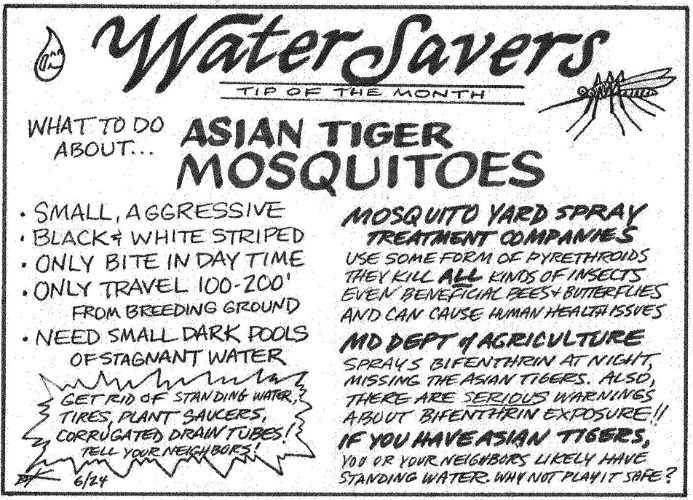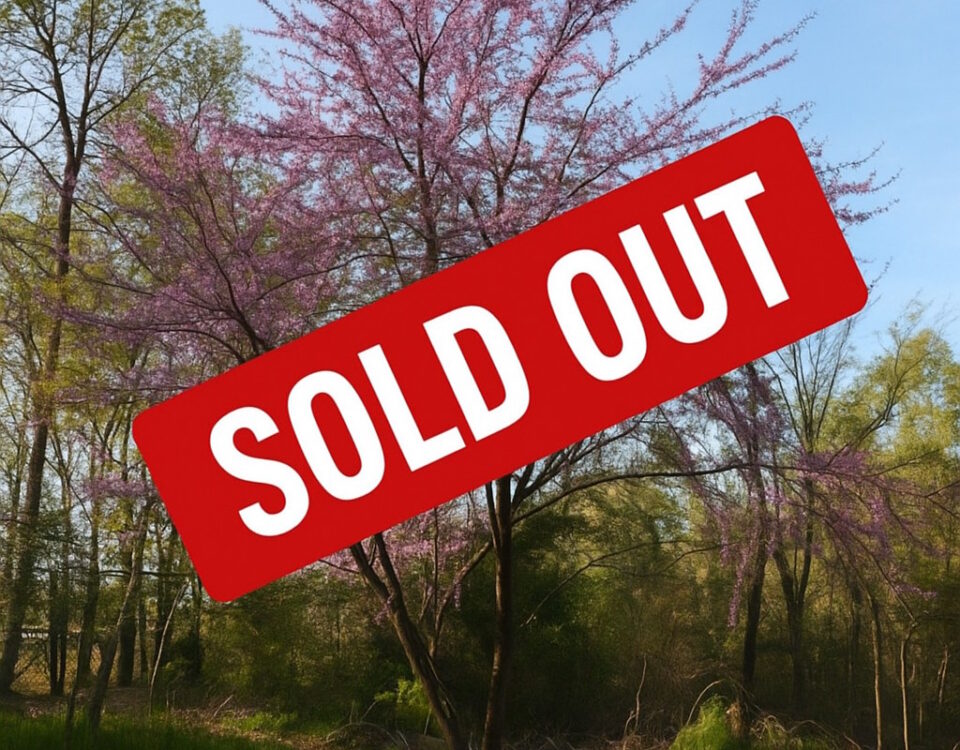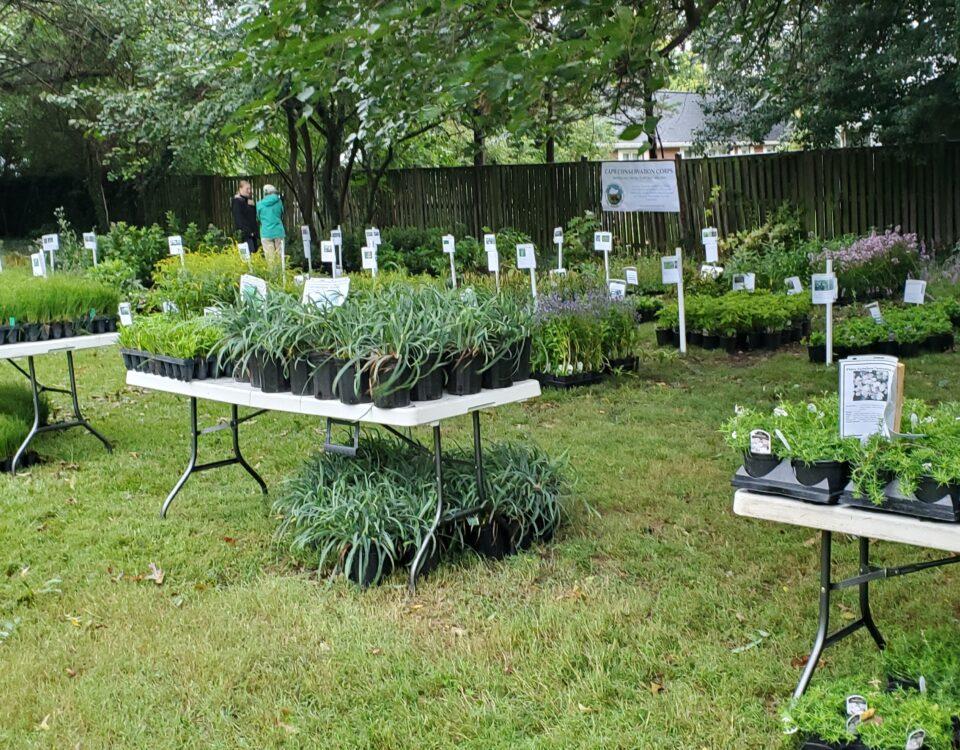
A True Winter Habitat Hero
January 11, 2019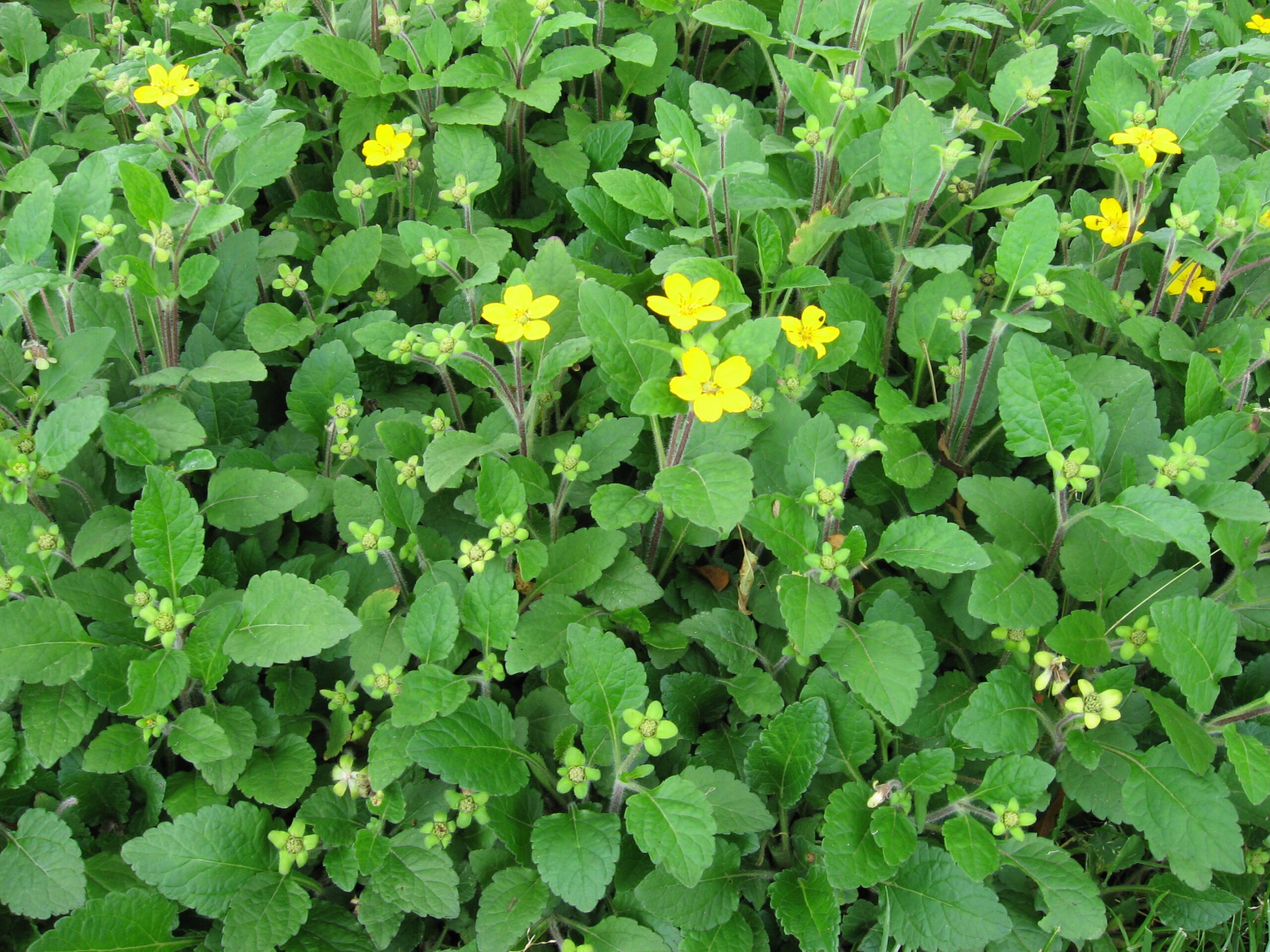
A Second Look at Green Mulch – Combat Plants with Plants
March 8, 2019By: Stacey Wildberger
Preparing an area to install a new garden is an important step that must be done with care and consideration. The site needs to be clear of all existing vegetation in order to minimize weed growth. How you prepare the site will affect the environment and the success of your garden. There are many weed seeds hidden in the soil. Once the soil is disturbed and the seeds are exposed to sunlight, they will quickly sprout and take over the area making establishing your plants more difficult. One of the worst things you can do is till the area as this will quickly bring dormant seeds to the surface.
We will examine four methods to prepare your site to minimize disturbance and be safe for the environment. Even though synthetic herbicides such as Round-Up are effective and cheaper than organic herbicides their long term effects can be devastating to the ecosystem. The process of site preparation should not be rushed; don’t be in a hurry to plant or sow your seeds. The better prepared your site is the less time you will spend controlling weeds in the garden down the road.
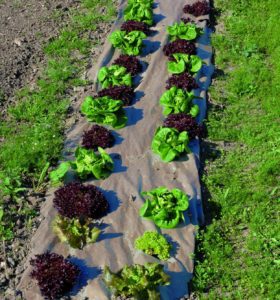
Smother method is the process of using organic material to kill the vegetation. You will need some basic tools such as a wheelbarrow, mower, shovel and rake in addition to newspaper, cardboard, organic product and mulch. Start by mowing the area in the design you wish the garden to be, cover with 4-5 layers of newspaper, then 1 layer of cardboard, spread weed free mulch over the top and level it off. The next step is the hardest-let it sit for 3-12 months! I like to either start the process in early spring and plant in the fall or prep in the fall for spring planting. Once you are ready to start planting, cut a slit in the cardboard and newspaper if it is not fully decomposed and plant directly into the hole you formed. Tip: do not use plastics or other non-organic materials that will not decompose over time or add nutrients to the soil. They can also generate too much heat, killing the good soil organisms. To speed up this process you could spray the area with a non-synthetic natural herbicide prior to layering the newspaper.
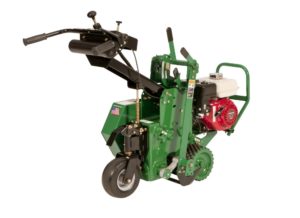
Strip method involves removing the vegetation, including the roots with a sod cutter or hand tools. This method can be a little costlier if you need to rent the tools but it allows you to remove a large area of vegetation quickly. The composted sod becomes rich soil that can be used in other areas as well. Start by defining the shape of your bed using a garden hose, paint or flags then strip the vegetation in your area with the sod cutter to remove it—composting it. Apply a natural herbicide to any new growth. Tip: you can use the smother method to prevent the re-growth if you are plating plugs or plants, not seeds.
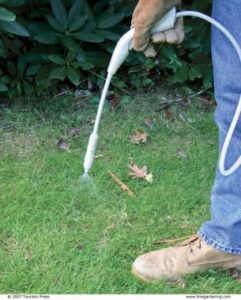 Spray method uses non-synthetic, natural herbicides to kill the vegetation. You will need a tank sprayer, safety glasses, gloves, dust mask, spreader and a chemical safe measuring cup as well as Colorant, blood or alfalfa meal, water and herbicide. There are several benefits to this method, including being able to cover a large area, and when used on slopes it can diminish erosion. The negatives are cost (a concentrate can save you money), and you may have to apply up to 6 applications and it still won’t kill certain vegetation, including woody plants. Once again stake your design, mix the concentrate with water, mixing only what you will need for the measured area, spray evenly and repeat until all vegetation is killed off. Now you can plant! Examples of natural herbicides are Burnout, Matran, Scythe, and Natures’s Avenger.
Spray method uses non-synthetic, natural herbicides to kill the vegetation. You will need a tank sprayer, safety glasses, gloves, dust mask, spreader and a chemical safe measuring cup as well as Colorant, blood or alfalfa meal, water and herbicide. There are several benefits to this method, including being able to cover a large area, and when used on slopes it can diminish erosion. The negatives are cost (a concentrate can save you money), and you may have to apply up to 6 applications and it still won’t kill certain vegetation, including woody plants. Once again stake your design, mix the concentrate with water, mixing only what you will need for the measured area, spray evenly and repeat until all vegetation is killed off. Now you can plant! Examples of natural herbicides are Burnout, Matran, Scythe, and Natures’s Avenger.
Speed is the final method; it involves stop mowing and plant directly into the lawn. With a few simple steps to avoid soil disturbance you can begin planting immediately with this low cost, environmentally friendly method. This method works great if you are trying to establish a meadow. Select your plants, dig a hole about twice the diameter of the pot, shake off the loose dirt, place the plant in the hole and fill it with the soil from the area. There is no need to amend the soil if you are choosing native plants, they do not need it! All it will do is encourage strong growth of the weeds. Right plant, right place. You can mulch deeply around the plants in the beginning until the plants begin to establish themselves and grow together to form “green mulch”.
As always, I encourage you to choose native plants to add to your newly established gardens as the local fauna has co-evolved with these native plants over thousands of years and they depend on each other for their survival. You may see native pollinators on a non-native plant but many times it is not getting everything it needs nutritionally from that plant—like when we eat ice cream and other junk foods. Your landscape can provide two things living creatures need, food source and a place to live, make it the best environment for them to not only survive but thrive in. Please choose the best plants for this-Native Plants.
If you begin your site prep this spring it will be ready for fall planting. You can stop by Cape Conservation Corps annual Fall Plant Fest for a great selection of native plants at low prices and speak to the many experts we will have on hand to answer your questions. Happy Planting!


